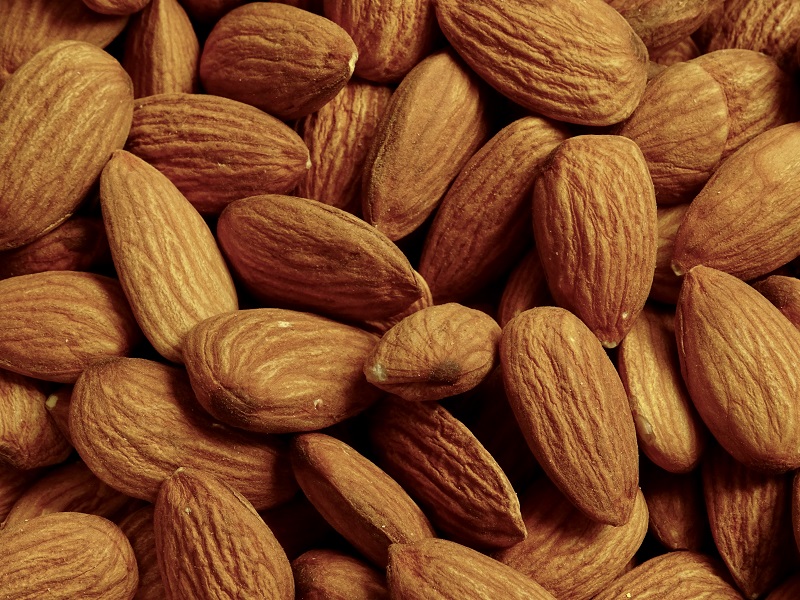Evaluate Your Soil Before Planting Walnut Trees
Years ago, it was thought that to grow a good tree, you needed good soil. It makes sense, as trees obviously sink deep roots. However, through time growers have learned that most trees can do just fine on soils that are less than ideal. In Northern California, where Bill Krueger serves as a University of California Cooperative Extension farm advisor in Glenn and Tehama counties, growers began planting prunes and then almonds on soils other than Class #1, and they did just fine. But they drew the line when it came to walnuts.
“Walnuts are deeper rooted so they were traditionally grown on river bottom ground,” says Krueger. “They were the last trees that we thought must be grown on Class 1 soils.”
But through recent research — and the experience of some brave growers — it’s been shown that walnuts can be grown on less than ideal soils.
“Walnuts can even be grown on Class 3 soils with the right preparation and planting system,” says Krueger. “Soil evaluation will help determine the steps to take prior to planting to ensure successful results.”
Maps Now Online
Soil survey maps are a good place to start. You can get a soil survey for the area you’re interested in at your local office of the Natural Resources Conservation Service or Cooperative Extension. Or you can get them on the web. The soil survey will provide information on the type of soils present and their distribution and acreage. It describes each soil type and provides information about drainage, flooding, exchangeable sodium content, and other details important to successful orchard establishment.
“I recommend that before you plant an orchard you find as much about that soil as you possibly can,” says Krueger.
However, it’s important to realize that the soil survey cannot provide all of the detail that may be necessary, says Krueger. Using a backhoe to further explore the soil can provide valuable information critical for orchard development.

A slip plow being pulled by a D-10 Cat at the University of California Nickels research facility.
Digging backhoe pits 5 to 6 feet deep in strategic locations where soil differences are expected will allow for firsthand examination of the soil. The soil map can provide insight into where you should dig, says Krueger, who adds that on average about a half-dozen pits should be dug in a 40-acre field. But that’s only an average.
“If the map shows uniform soils,” he says, “you might need only one pit.”
More often than not, however, more pits will be necessary. If soil modification is needed, it’s a lot easier to do it before planting. Look for stratified soil, compacted zones, hard pans, clay pans, etc. Your local farm adviser may be able to provide assistance on evaluating where to dig and if deep ripping is advisable.
“It’s a lot easier to make soil corrections prior to planting than after,” says Krueger, “so I wouldn’t argue with anyone who thinks you need deep ripping.”
Drainage Is Critical
Deep ripping or some sort of soil modification will be necessary if compacted zones such as hardpan are found. While some studies have brought the value of deep ripping into question in recent years — especially since rising costs of fuel, etc. have made deep ripping more expensive — Krueger says that may be because frequent irrigation and fertilization may have overcome soil problems. One crucial reason that abrupt changes in soil texture need to be located is that they can result in a perched water table, which is unhealthy for walnut roots.
Water can go through the light soil on top, then hit the dense clay layer, which serves as a barrier, causing the perched table. Ripping is less effective for clay pan soil because of the elastic nature of the clay, which will flow around the ripper and reseal in a shot period of time. A slip plow, a ripper shank with an iron plate coming from the point of the ripper at a 45-degree angle to the surface of the soil, can lift soil at the bottom of the shank to the soil surface and permanently disrupt the clay layer. If the roots don’t have proper drainage a whole host of diseases can occur. In fact, Krueger recommends planting trees on berms, especially on heavier soils.
“You want to get them on a berm so the crown dries out,” he says. “You want to limit crown or root diseases such as phytophthora crown rot or root rot.”









